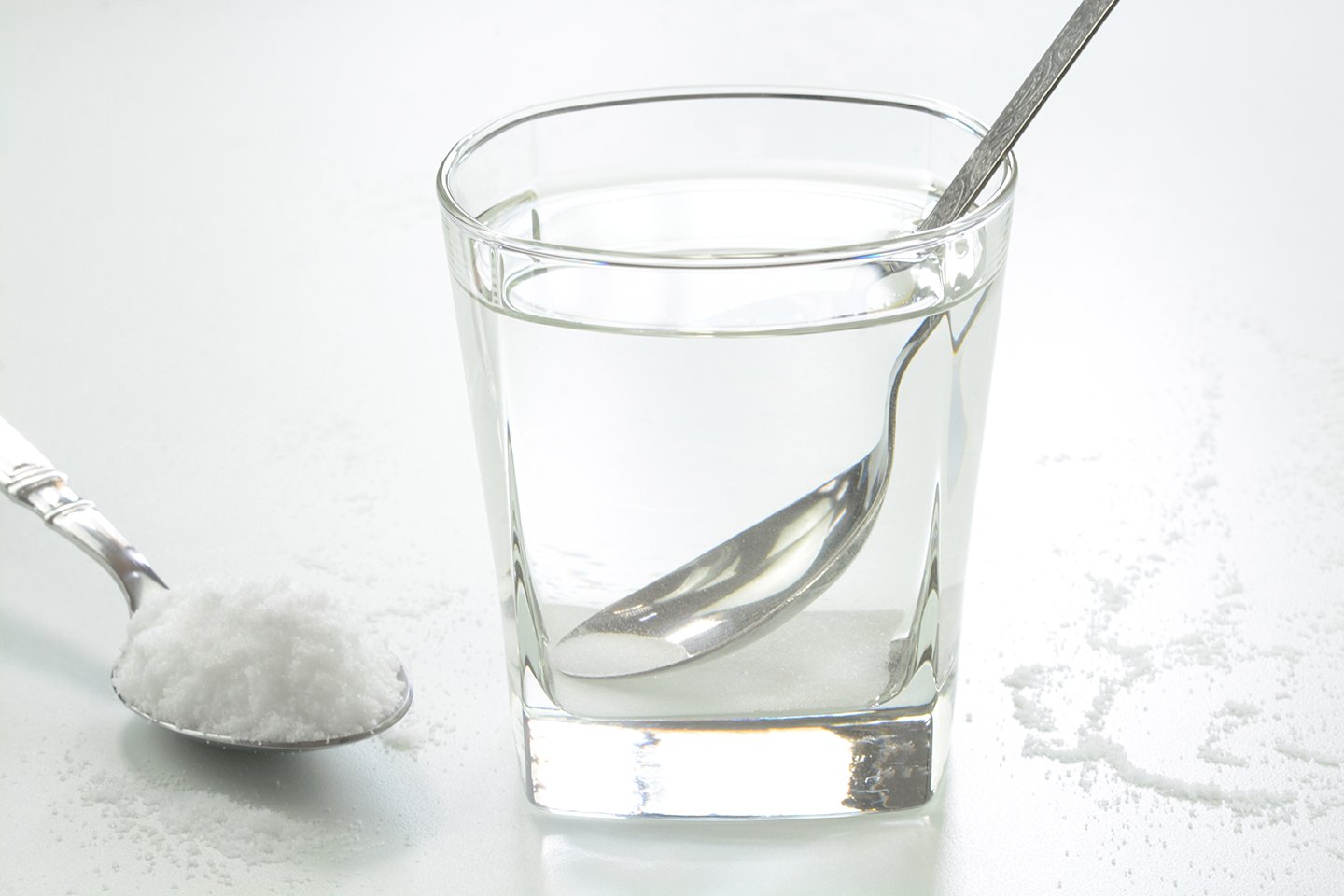Reducing Your Fluid Intake With Chronic Kidney Disease
Learn how limiting the salt and fluid in your diet can help you stay healthier.

Healthy kidneys rid the body of excess fluid. When you have chronic kidney disease (CKD), especially in later stages, it may be time to limit your sodium and fluid intake to help avoid fl uid buildup. This is determined by your care team.
Feeling your best
Feel better, stay healthier, and live longer by limiting your fluids. Excess fluid buildup could lead to:
- High blood pressure that may lead to a stroke
- Increased heart rate or racing heart
- Trouble breathing
- Excessive fatigue
- Swelling in your face, waist, hands, and feet
Preventing Fluid Retention
Limit salt and fluids
Avoiding foods that are high in sodium (salt) and reducing your fluid intake can help prevent fluid retention.
Move your body
Regular physical activity and exercise can reduce your fluid buildup by improving circulation and blood flow. Talk with your doctor before you start a new exercise program.
Manage Stress
Long term stress can increase a hormone called cortisol in your body, which directly impacts fluid retention. Find ways to control your stress like mindfulness, meditation, exercise, and getting a good night’s sleep.
Fluids aren’t just what you drink
Remember, foods that melt or are liquid at room temperature like ice cream, ice, Jello, and popsicles count as fluids!
Tips for managing fluids and thirst
These helpful tips can help you limit your fluids and manage your thirst.
- Wait 10 minutes until the fluid craving passes.
- Try counting to 100, reading, or calling a friend before taking a sip.
- Instead of drinking, spray your mouth with water.
- Keep cool on hot days to avoid getting overheated.
- Try taking medications with applesauce instead of liquid.
- Avoid large cups or glasses and pass on refills.
- Spread your fluid allowance throughout the day and track it to stay on top of your intake.
Quench your thirst
- Freeze your favorite beverage in a bottle and sip as the fluid melts.
- Freeze low-potassium fruits, like grapes, strawberries, or blueberries.
Relieve dry mouth
- Try sugar-free gum and hard candy, breath-freshening spray, lemon wedges, and tart fruits.
- Rinse your mouth with water or mouthwash, but don’t swallow.
- Keep your lips moist with lip balm.
- Consider using over-the-counter products such as moisturizing mouth spray.
Tips for shaking off the salt
Managing your sodium intake will help you control your thirst and fl uid intake. Your doctor or dietitian can help you determine the right amount of sodium for you.
Choose fresh foods
Foods like fresh fruits, vegetables, and proteins are great low-sodium choices. They contain less sodium compared to processed, canned, frozen, and fast foods. Remember to be mindful of your portion sizes.
Read nutrition facts closely
Most people with CKD should consume 2 grams or less of sodium per day. Watch out for salt substitutes as they may be high in potassium.
Discover bold flavors
Avoid using table salt. Use fresh or dried herbs and spices and salt-free seasonings including garlic or onion powder, thyme, rosemary, oregano, paprika, and crushed red pepper flakes.
How to know you're doing well
- Your blood pressure runs normal more often. If your readings become closer to normal, you are doing a good job!
- Your breathing has improved and you experience less shortness of breath. Extra fluids can build up in your lungs, causing difficulty breathing. You know you’re in control of your fluids if you are breathing easier!
- Your swelling has gone down. Extra fluid can build up in your face, waist, hands, and feet. This is called edema. Ask your care team how you can monitor edema.
